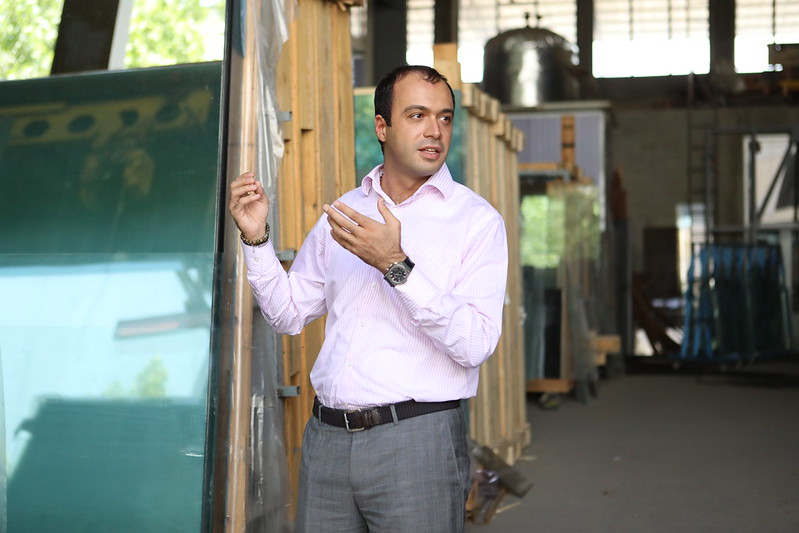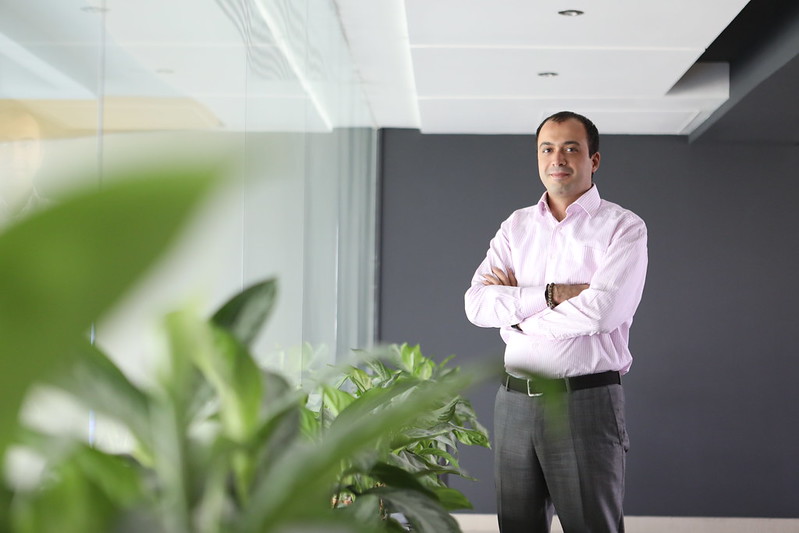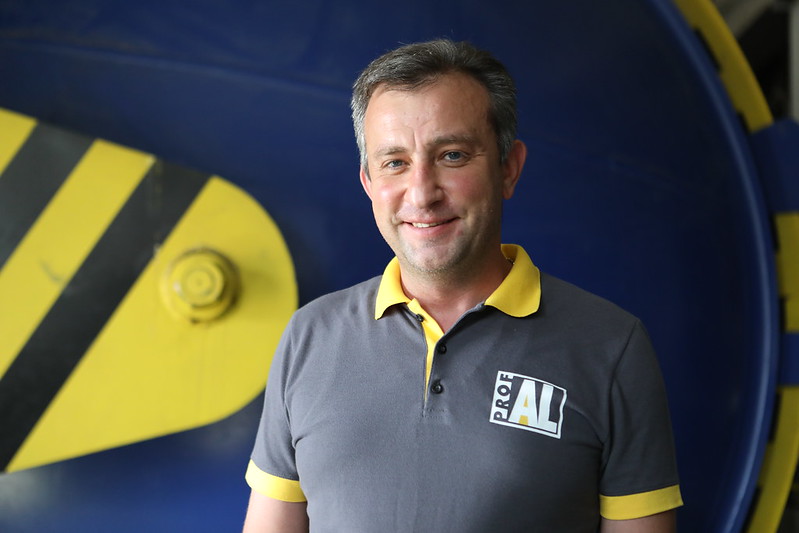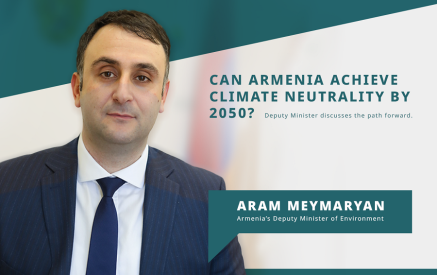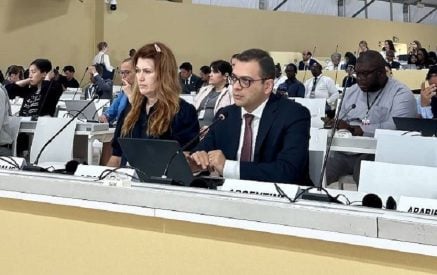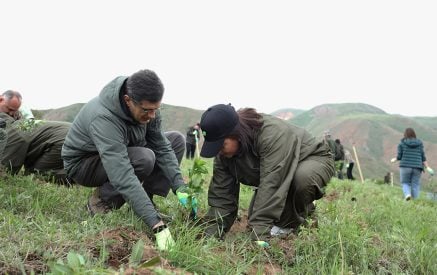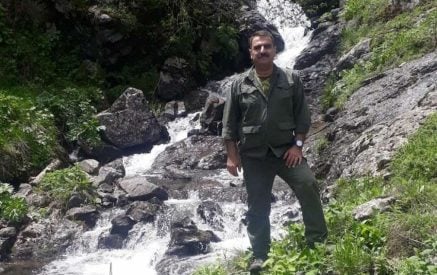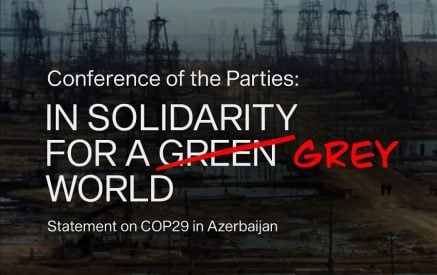Energy efficiency and renewable energy are relatively new concepts in Armenia. Some years ago, Armenians were sceptical about both the financial and ecological advantages of green technologies. Now, it is hard to find an Armenian village without at least solar water heaters.
Over the last years, the Green for Growth Fund (GGF) and the EU have been actively contributing to the development and spread of energy efficiency and renewables in Armenia. The GGF is a specialised fund, supported by the EU, which advances energy efficiency and renewable energy in the EU’s neighbouring countries, including Armenia. Additionally, a number of EU-funded projects have been supporting the country in scaling up its capacity for energy efficiency and security.
The GGF provides dedicated financing to businesses and households by partnering with financial institutions (banks, credit organisations and leasing companies), which ensure further on-lending to their clients. Since 2012, a total of four Armenian financial institutions have partnered with the fund. The GGF has also provided these organisations with technical assistance to build capacity, raise awareness about energy efficiency and renewable energy financing, design lending products and promote them on the local market.
Green Leasing
Read also
ACBA Leasing is one of the GGF’s four partner institutions. Back in 2014, when green technologies were still not popular in Armenia, the leasing company developed its ‘Green Leasing’ product with help from the GGF. It raised awareness about energy-efficient technologies, and did calculations for its clients to show them how much money and energy they would save while preserving the environment. So far, ACBA Leasing has supported the greening of 40 businesses in Armenia.
“We were one of the first financial organisations to invest in energy efficiency and renewable energy in Armenia,” says Vahagn Shmavonyan, Head of Commercial Department at ACBA Leasing. “Our clients are happy because energy-saving technologies have an effect, among other things, on their financial flows. The money they save from energy efficiency covers their interest payments, and after they pay out their leases they get to keep the equipment and save on resources.”
“At first it was hard to introduce green technologies to our clients. They were sceptical. But after seeing their neighbours’ and relatives’ success stories, they were eager to give it a try,” adds Vahagn.
Greener glass production
PROFAL is an Armenian company specialised in the production of PVC and plastic-steel doors and energy-efficient windows. With over 300 employees, it is one of the biggest companies in the field. The company also makes tempered and laminated glass for glass constructions.
When PROFAL first started, it had to import glass from abroad, which took time and money. The company also needed special equipment to laminate the glass. In 2015, PROFAL applied for the ‘Green Leasing’ product and received nearly €113,000. The company purchased an autoclave, which allows it to laminate the glass and sell it 15–20% cheaper, increasing glass sales by 100%.
The company is now able to supply its clients with better energy-efficient windows at a reduced cost while minimising waste.
“As a responsible business, it is important for us to use energy-efficient equipment, which not only allows us to develop our products but is also safe for the environment,” notes Edgar Avetisyan, chief executive officer at PROFAL.
Erik Kirakosyan, head of the glass processing workshop, adds: “A big company like PROFAL has to provide its customers with the best quality product, without doing it at the expense of the environment.”
The EU has been actively contributing to the creation of new energy efficiency and employment opportunities for small businesses in the region. Overall, Armenia has received over €41 million of energy efficiency and renewable energy financing from the EU through the GGF. Following the example of PROFAL other businesses have also benefited from EU support and switched to more sustainable and affordable energy resources.
Author: Ami Chichakyan
This article was developed with the assistance of the European Union as part of the ‘EU4Energy’ initiative. The content is the sole responsibility of the author and in no way reflects the views of the European Union.




















































